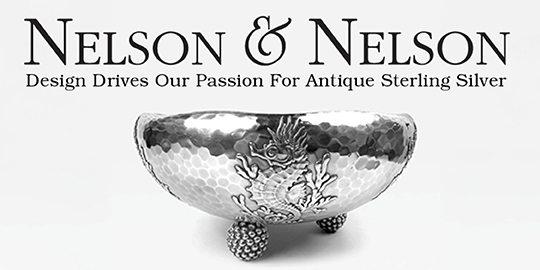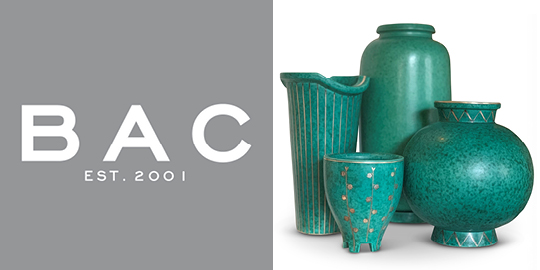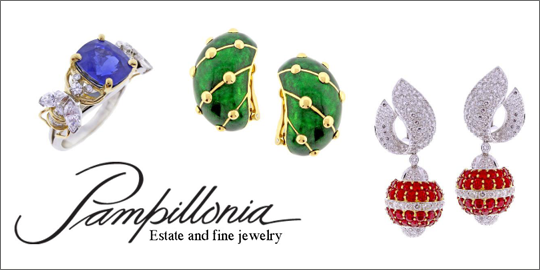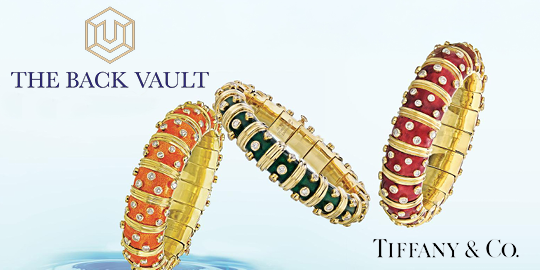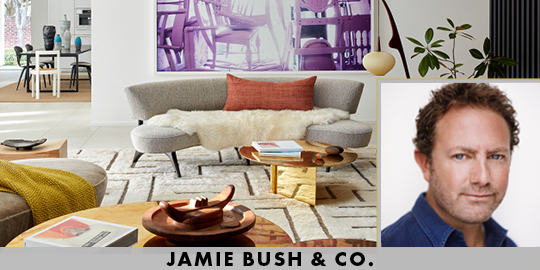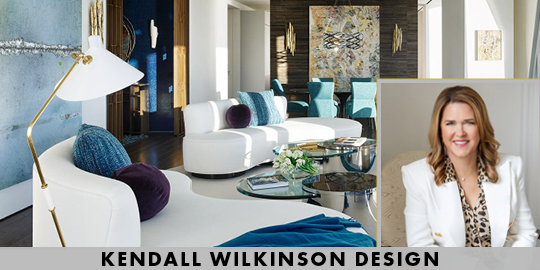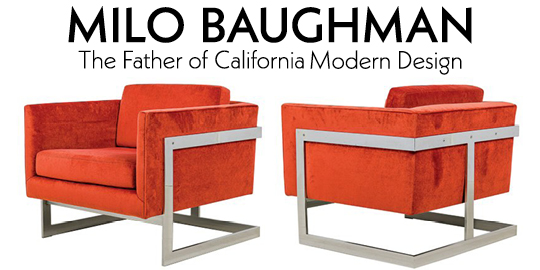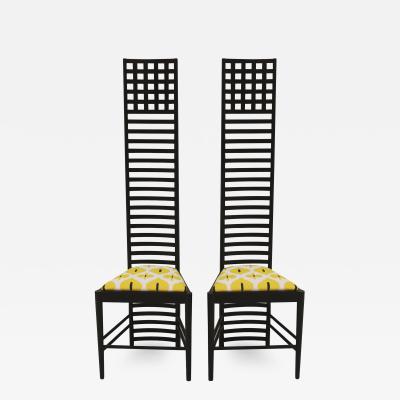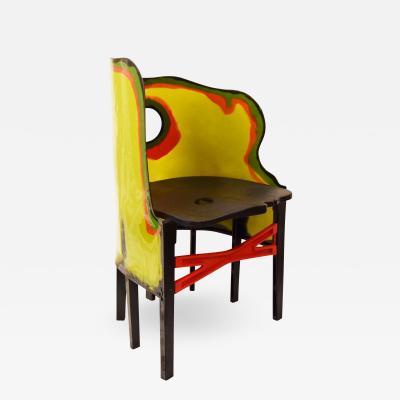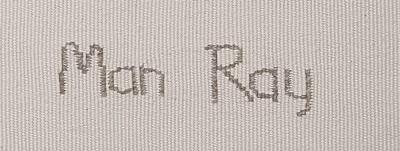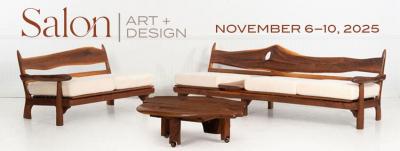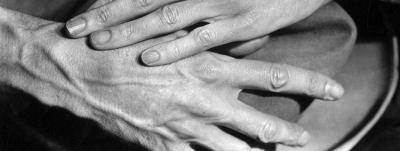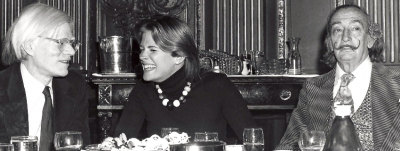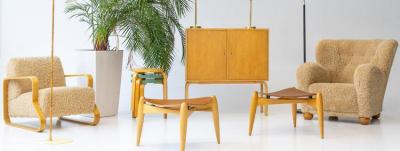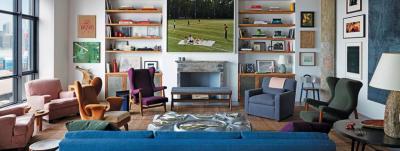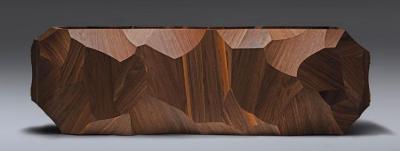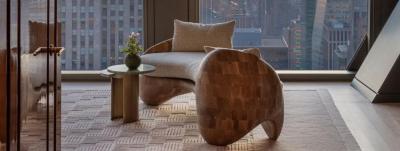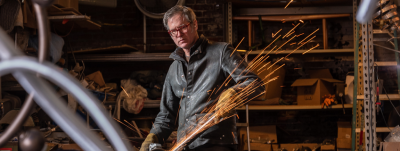Christopher Poehlmann Revels in the Magic of Making Art and Design
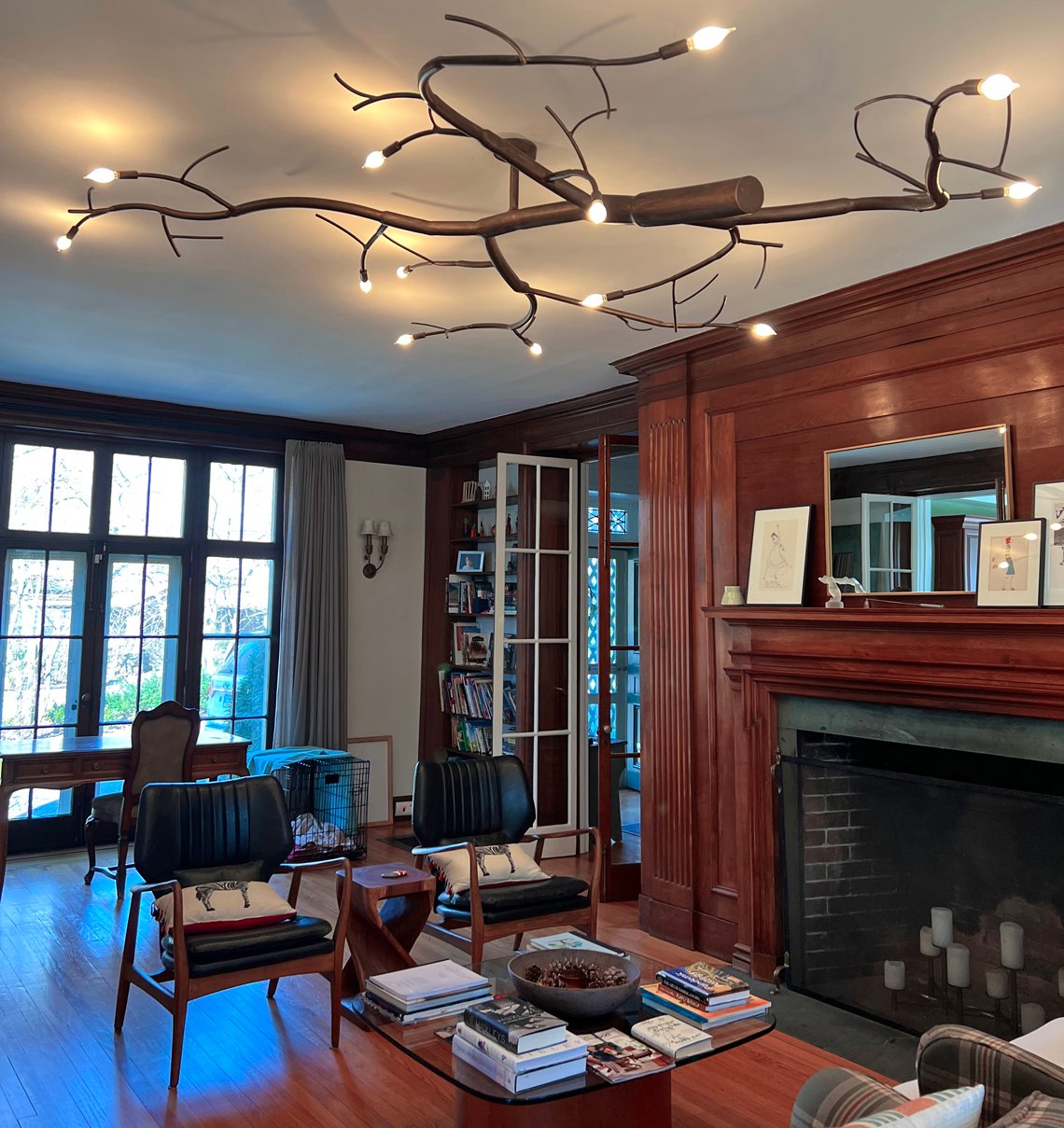 |
CP Lighting’s custom newGROWTH chandelier brings a warmly organic, sculptural ambiance to a fireside conversation area. Photo: Christopher Poehlmann |
Christopher Poehlmann Revels in the Magic of Making Art and Design
What was the first design that you ever made?
I built my first piece of furniture around 1988, after a few years of dreaming about and sketching furniture. Having no formal training in design or fabrication, I went to a local hardware store and roamed the aisles, looking for inspiration. The ‘aha’ moment came when I hit the plumbing section!
 |
Christopher Poehlmann in his Philadelphia studio. Photo: Bryan Lathrop |
The plumbing section?
Yes. Suddenly, I had my materials and methods laid out for me, no apprenticeship needed! 1/2" and 3/4" copper pipe and 5 basic fittings, 90 and 45 degree bends, T intersection, straight coupling, and end caps, along with a variety of other found object features like brass faucets. I went home and made a chair from it all, and have since explored many variations using plumbing materials. I have transformed them into tables, chairs, clocks, and lamps.
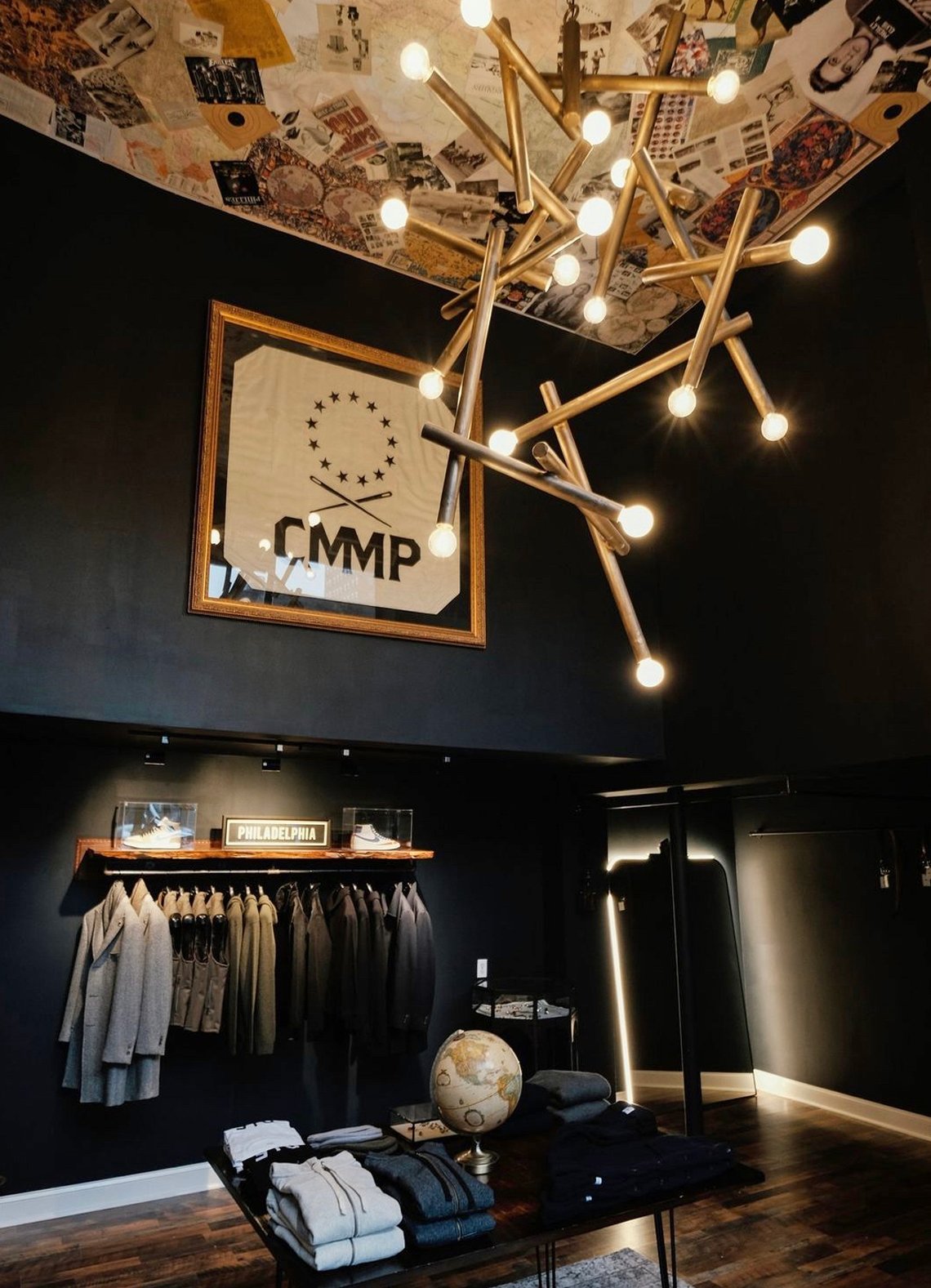 | 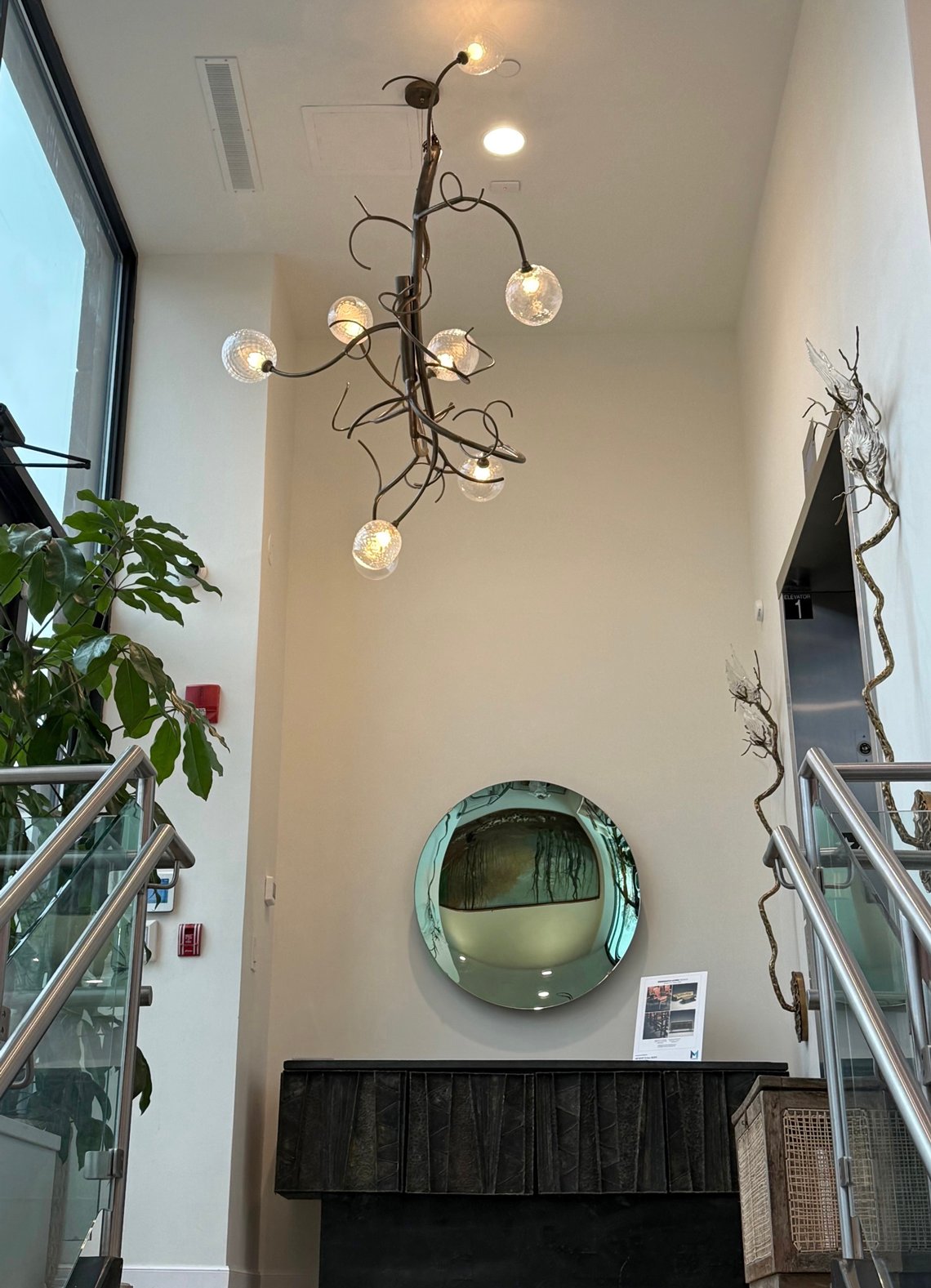 | |
Left: Custom Pick Up Sticks chandelier installed at Commonwealth Proper, a bespoke men’s clothier in Philadelphia. Right: CP Lighting’s newGROWTH chandelier with faceted glass globes keeps company with a Paul Evans sideboard and a Pierre Jeanneret linen basket at Greenwich Living Design’s Manhasset gallery. Photos: Christopher Poehlmann | ||
What was it like to be self-trained?
It was obvious from the get-go that I needed to look at alternative ways of seeing and thinking in order to proceed. I knew enough people who had gone through art school and then spent years unlearning things they had been taught. I felt lucky to come into the world of making with a blank slate and a natural propensity to figure things out on my own. Once I started making functional objects, the faucet was literally turned on for me, and nearly 40 years later, it has never turned off.
Being an outsider in the art and design worlds has allowed me great freedom. Timing, of course, didn't hurt as I was coming in during what I think of as the 2.5 generation of studio furniture and on the tail end of the 1st Design vs Craft moment. Makers like Wendy Muyurama and Gary Knox Bennet were among my American heroes and became friends and peers. Designers like Ron Arad and Gaetano Pesce were hugely influential for me as well.
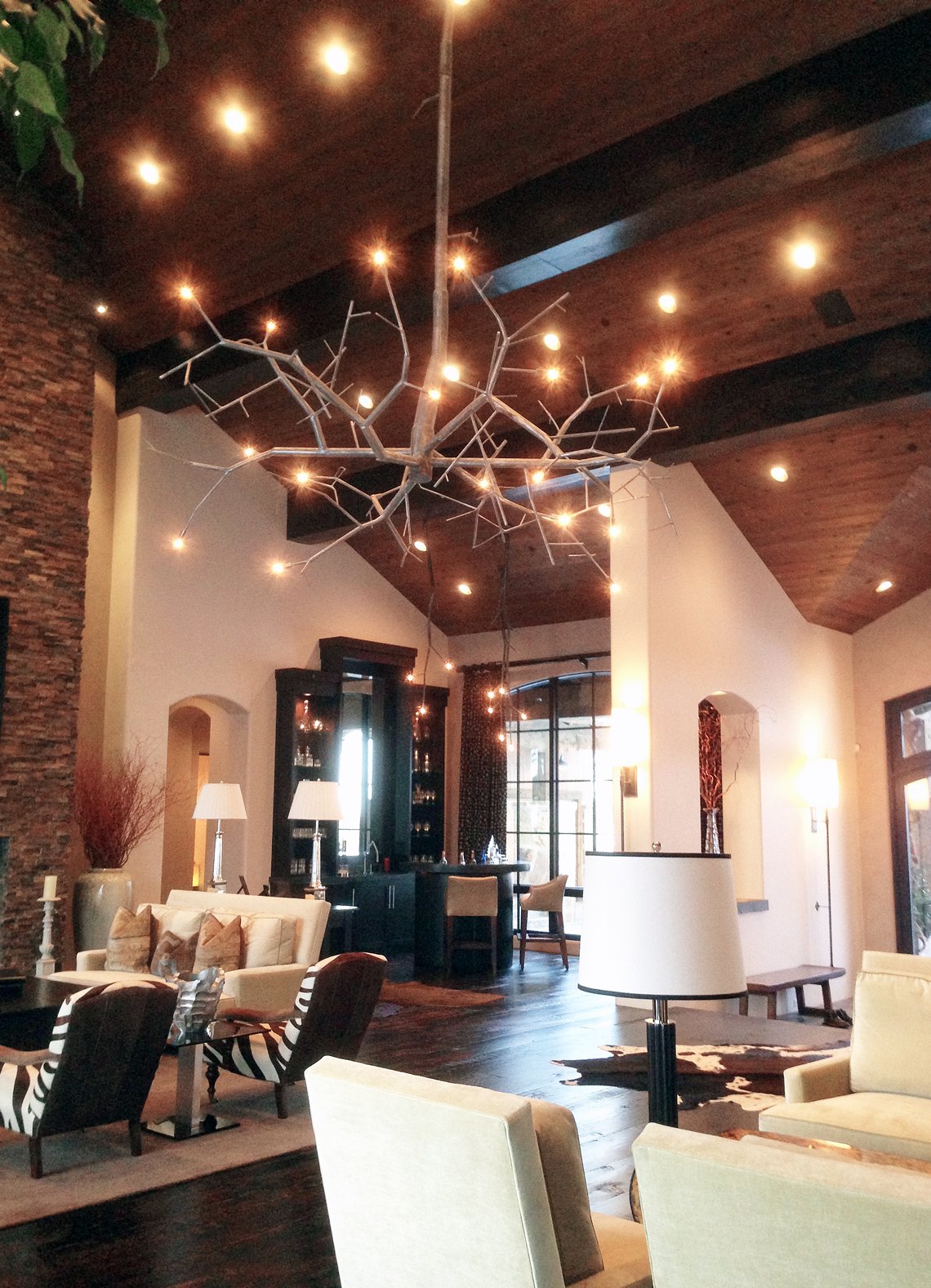 | 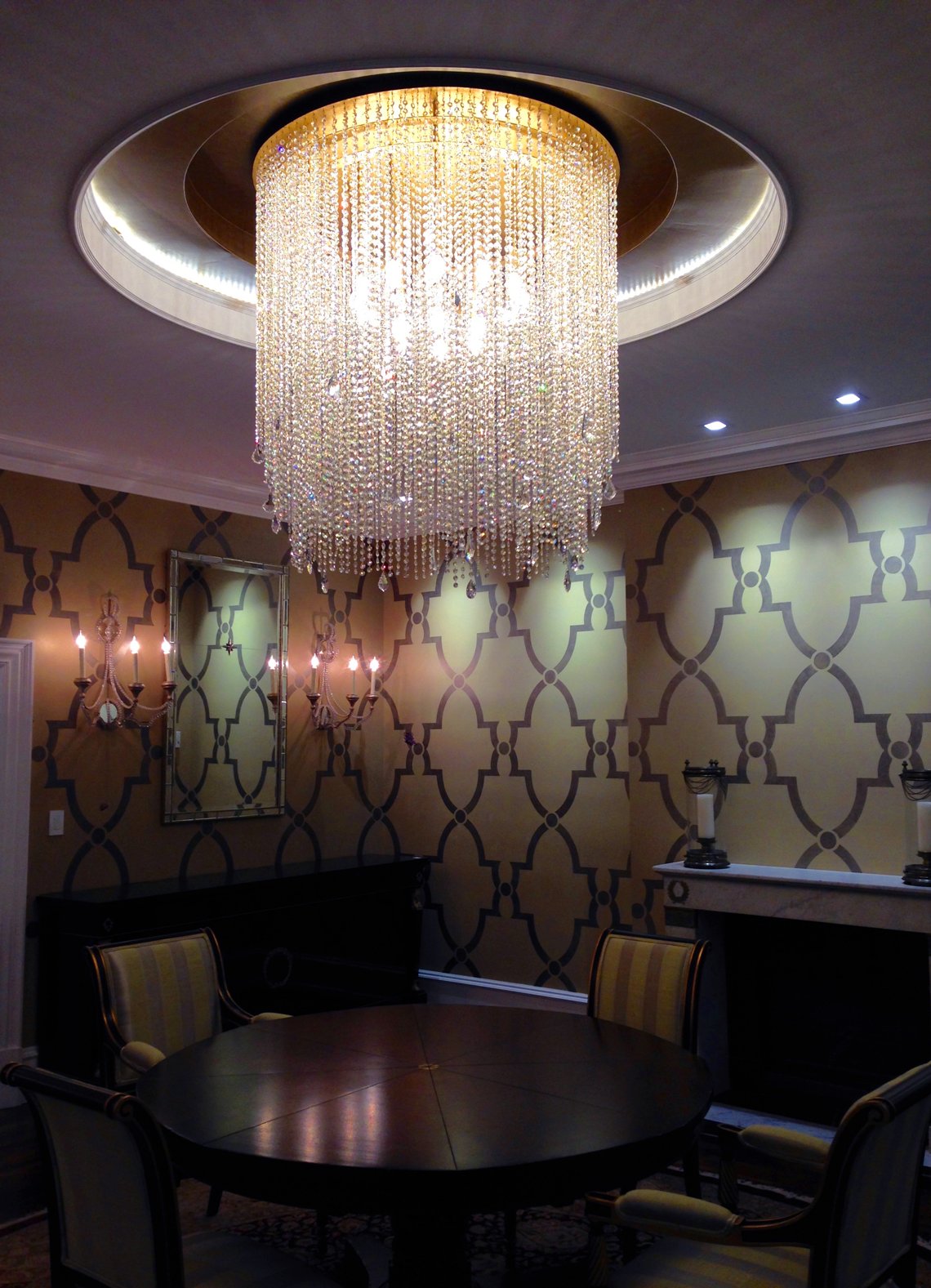 | |
Left: 10-foot diameter newGROWTH chandelier at Aspen Lakes. Right: ¼ Mile Chandelier. 40-inch diameter and ¼ mile of Swarovski crystal garlands, private residence, Bryn Mawr, Pennsylvania. Photos: Christopher Poehlmann | ||
Do you have a family history of creativity?
Funny you should ask that, because the creativity gene runs deep in me. My father's parents were artists trained in Germany in the late 1800s. My grandfather was a master engraver and wood carver who designed the municipal money for the towns of Meiningen and Dresden in the 1920s, shortly before immigrating to the United States. He established a graphic design firm in Chicago and participated in a WPA-era program in Taos, where he did promotional graphics, oil paintings, and woodblock prints of Native Americans. My grandmother was an artist, teacher, and professional floral painter. My father wanted to be an architect, but he went to law school instead. My mother also wanted to be an architect, but being a woman in the 1950s, she got a lot of pushback. So she went to art school instead. And my daughter Charlotte graduated recently from Bennington College with a focus on sculpture and architecture. She is working for Greg Nangle at Outcast Studios in Philadelphia and making her own jewelry.
Recycling has always been important to you as an artist and designer. Can you explain why?
My dad was born during the Great Depression, so re-use and recycling were ingrained into him from an early age, and he transmitted that to his children. My first professional and successful foray into recycling for design happened one day in the studio in 1994 when my father gave me a piece of scrap acrylic he had left over from making a backsplash in his kitchen. I decided to see what would happen if I heated it in my oven. That afternoon, I discovered thermoforming for myself, something others had been doing since the 1960s. I experimented for a couple of hours with ways to color the acrylic, and by that evening, I had the first incarnation of my Popsicle Pendant line of light fixtures that would prove successful. A version of one of those early pieces, called the Tonic Pendant, is still in constant demand today.
 |  | |
Christopher Poehlmann designed and fabricated his first Chunky Chair in 1994 from steel. In 1997, Poehlmann produced the first aluminum version of this chair which he then exhibited at the International Contemporary Furniture air (ICFF) in NYC. Powder finished in orange, the Chunky Chair was well received by the press. 2024 marked the 30th anniversary of this chair. He is still making them to order and is happy to custom color to suit your tastes. Left: The Chunky Chair made from salvaged enamel signs. Right: The Branch Sconce is available in a variety of finishes and linen or sanded acrylic shade. Photos: Christopher Poehlmann | ||
Where do ideas come from?
Ideas can come from anywhere, free association combined with my visual literacy, and a basic internal need to make things of use. My first foray into what is now known as Rustic Modernism, for example, came in the mid-1990s from finding a steel supplier that offered rusticated steel rods with an embossed wood bark pattern coupled with an admiration for the woodworker Daniel Mack, who was creating rustic chairs that reminded me of my early copper furniture. I had learned how to weld steel, and my first pieces were table bases made to look like a bunch of twigs tossed together and frozen in space. Luck and serendipity are always at work with me.
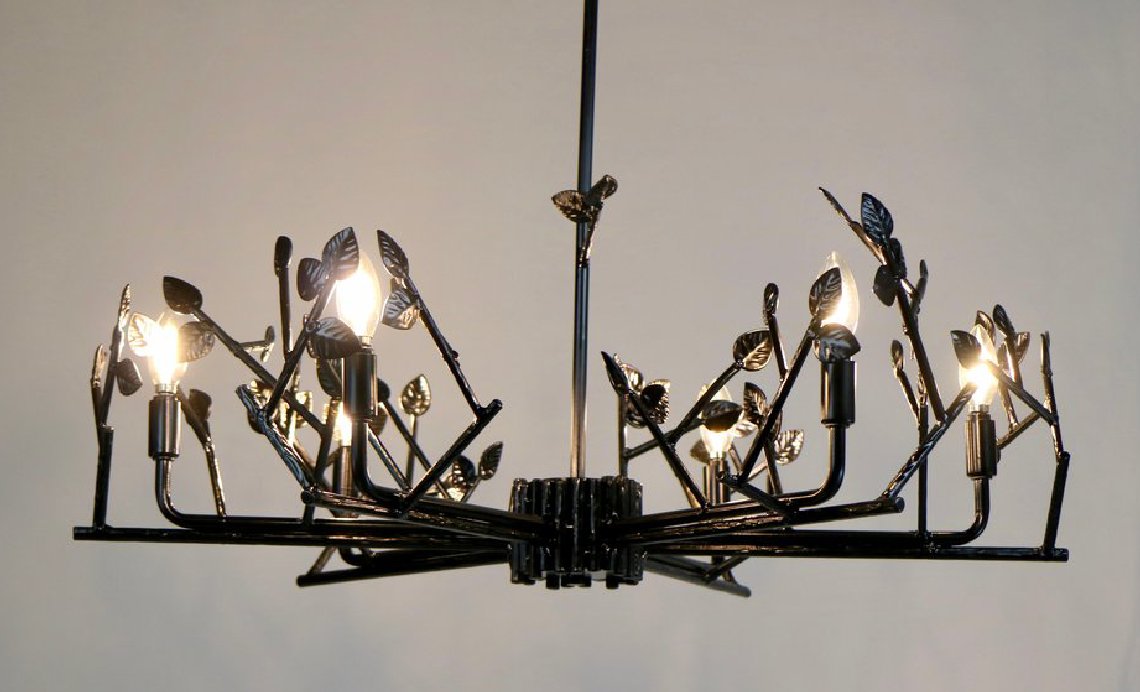 |
The Twiggy Chandelier with solid steel branches and leaves, is available in a full spectrum of paint colors or custom color match. Twiggy wall sconce and pendant fixture also available. Photo: Christopher Poehlmann |
Was this the first time you began to incorporate nature motifs into your work?
I guess on reflection, this was the beginning of the creation of rational yet irregular forms based loosely on the natural world that eventually led to my newGROWTH chandeliers. This line is special and a bit unusual because it has evolved organically in an interesting, collaborative direction: today, items in the newGROWTH line are made to order and often in collaboration with my design trade clients and the end users. We discuss specific needs, determine the volume that the piece can inhabit, and talk about what they really want.
I then take all these ideas into account for the sketches for another round of discussion, and then once approved, I do the remainder of the design work on my studio workbench to ensure aesthetics as well as functionality are in harmony. It works out well.
Does new technology play a role in your process?
I am a craftsperson who has long embraced the possibilities and uses of technology. In the 1990s, I often designed objects in aluminum and acrylic to be CNC cut for me from a local sign shop. In 2005, I began working with LED lights as I was frustrated by both the expense and the lack of good light bulb alternatives. I even worked on developing light bulbs made from small LED pathway spot lights I capped with a frosted acrylic lens and would ‘turn’ on my metal lathe. Acrylic has this fantastic property of transmitting light and glowing in any area that is frosted or carved, so a sanded acrylic lens glows like a light bulb. I found a company in California that already manufactured an LED module with an optional acrylic cap. I then designed lenses to fit and still exclusively work with that LED manufacturer today.
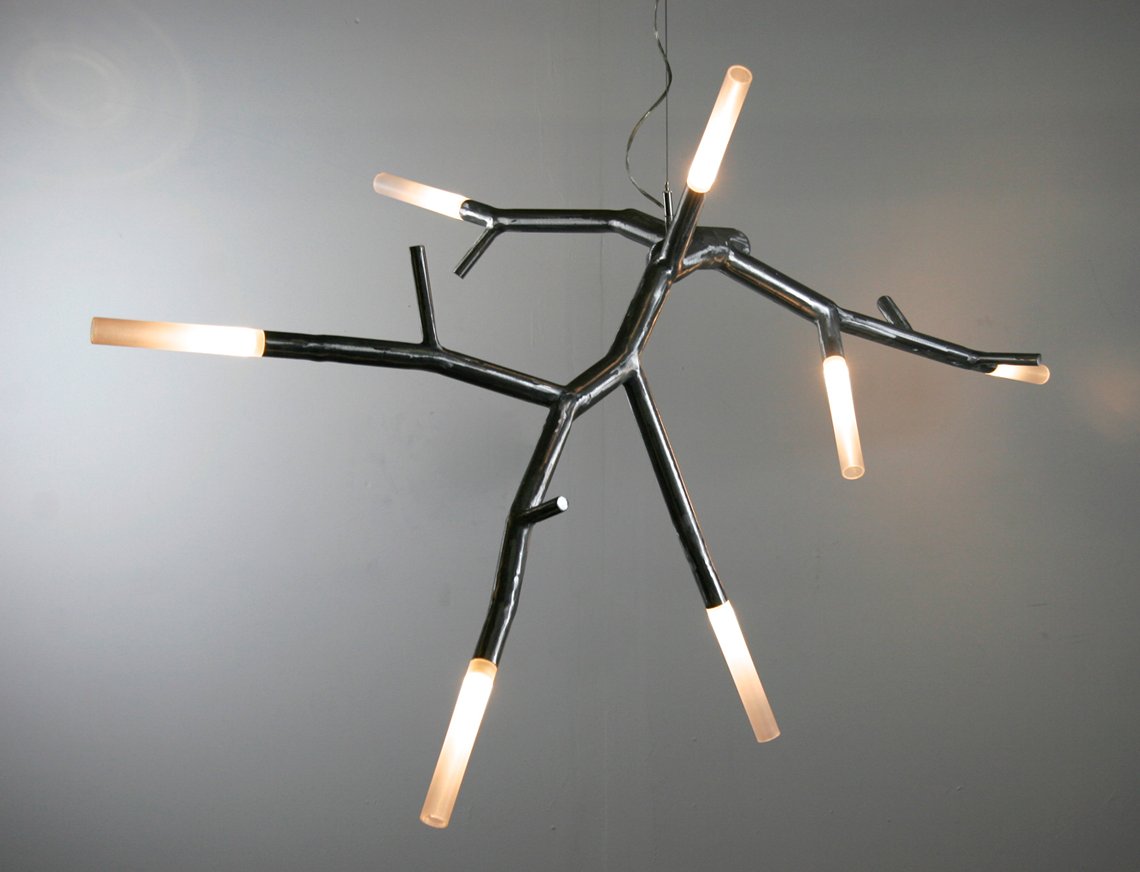 |
The newGROWTH2 chandelier, welded and carved aluminum. Screw in module LEDs at the branch ends are capped with solid acrylic lenses of our design. This ensures that the fixtures will be serviceable for years to come. Five finish options plus custom colors. Photo: Christopher Poehlmann |
Do you use these bulbs in all your lights?
My Sate-Lite, UFO, and newGROWTH2 lines are all lamped with these LED modules and capped with my own acrylic lenses. Another bit of new technology that I became interested in about a decade or so ago was 3d printing. I designed light fixtures with 3d printed shades conceived to cast shadows as opposed to light.
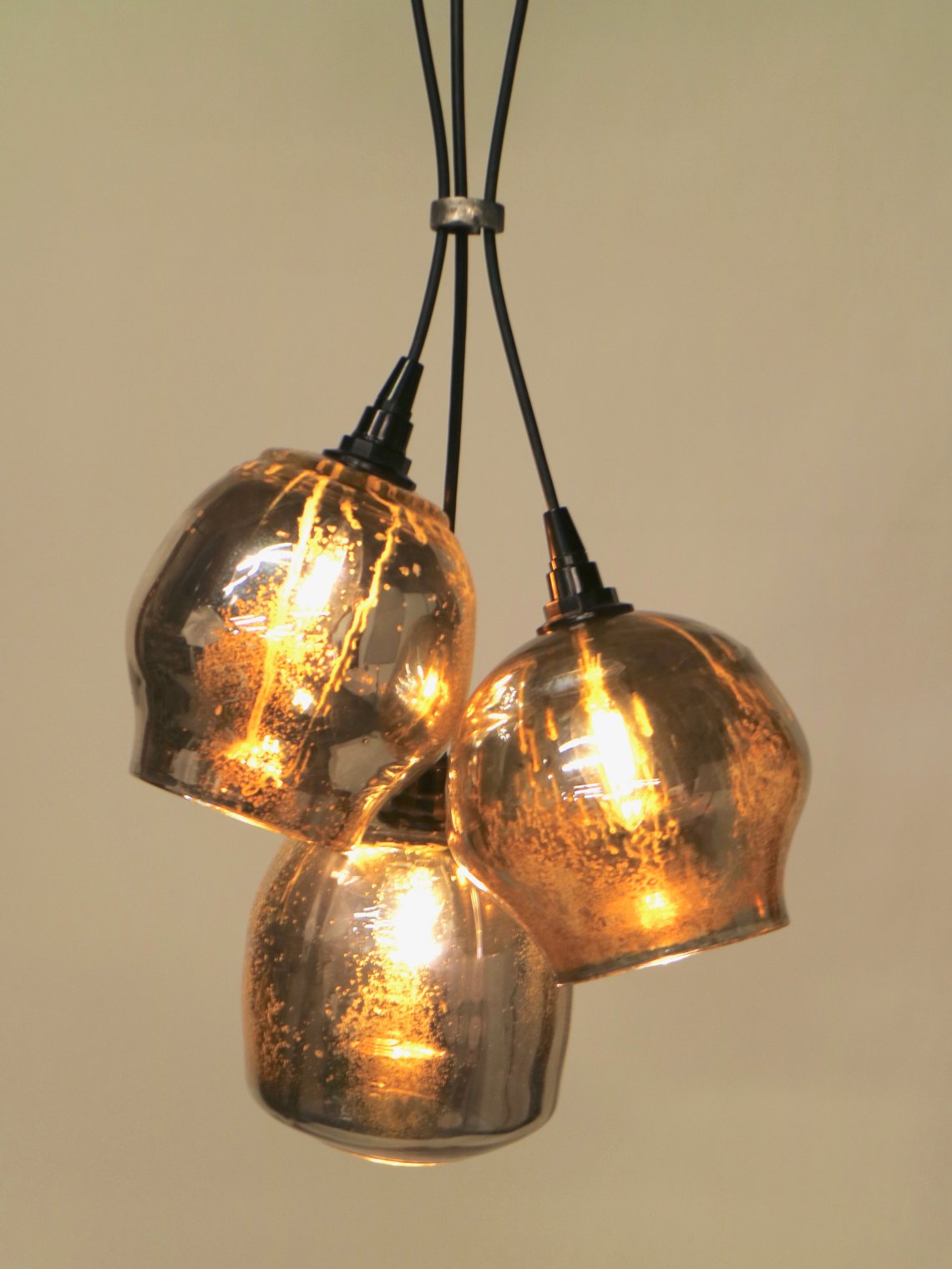 | 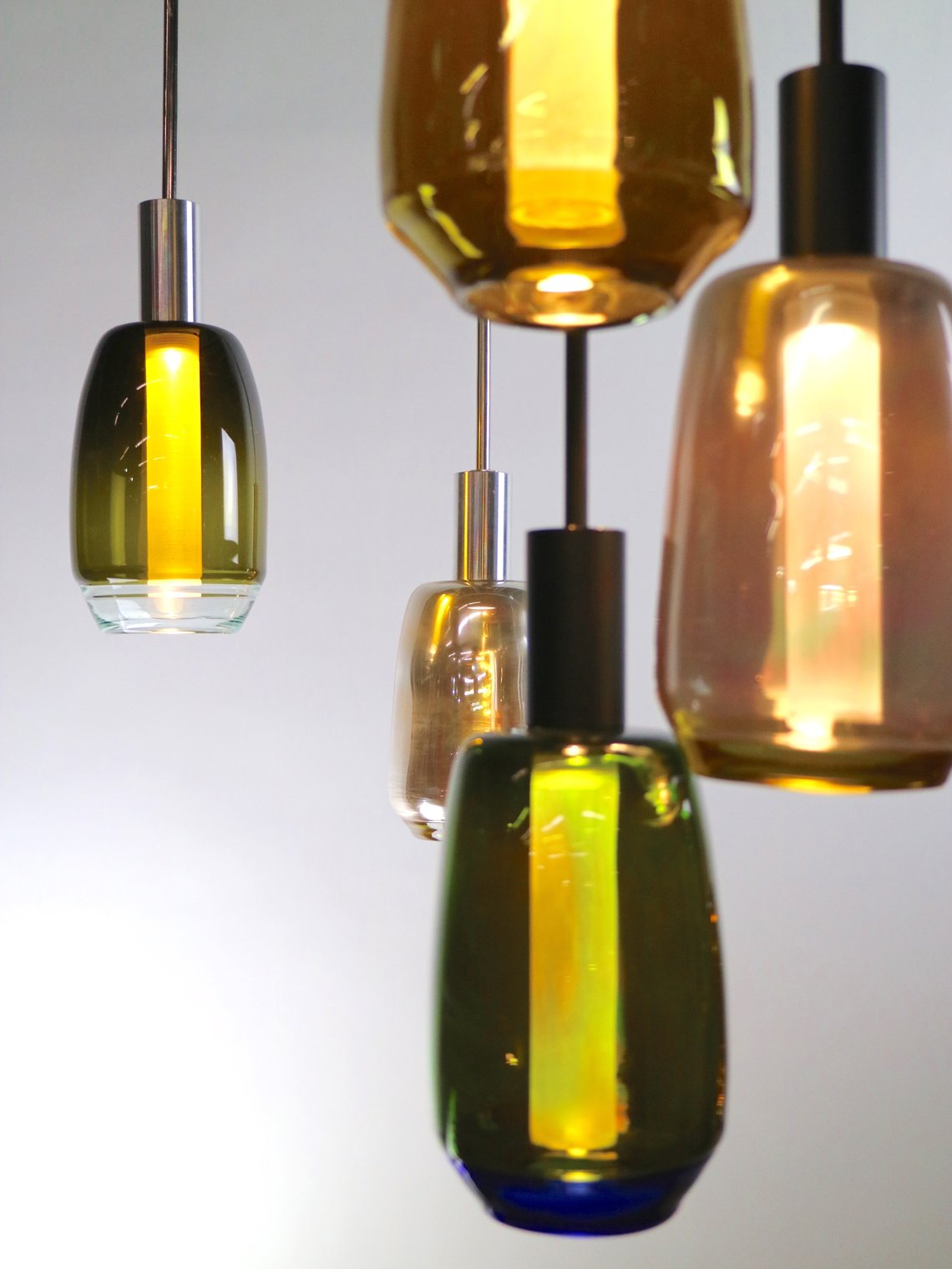 | |
| CP Lighting is a trend leader in the use of recycled materials. Here are two of the many designs that make use of recycled materials. Left: Liquor Lamps are mouth blown from a wide variety of clear glass liquor bottles, and when re-blown, retain abstracted traces of their original branding elements. Shown here with antiqued mirror interiors. Also available in clear glass or silvered glass. Right: The Incalmo pendant is made to order from layered post-consumer wine bottle glass, in any combination of standard bottle glass colors. Each fixture is hand-blown and unique. Photos: Christopher Poehlmann | ||
What are some of your favorite pieces and why?
The recycled acrylic for my Tonic and Popsicle Pendants was certainly innovative, and I am proud of that. It's low-tech recycling at its finest; creating a durable good by keeping scrap out of the waste stream with very little waste and no environmental hazard, as with more intense recycling operations. I am also quite proud of my collaboration with the glass company I use in Philadelphia: they are a zero waste, women-owned, 100% recycled glass operation that I contract for my LiquorLamp line which consists of lamps made from slumped and reformed liquor bottles with just a hint of their former life remaining via subtle patterning—often the base of the bottle becomes a recognizable element of the top of the fixture. The same glass company also makes my Incalmo fixtures, which use up-cycled wine bottle glass. It’s a tricky, difficult process. When we brought them to the ICFF in New York in 2014, a lot of trade glass professionals stopped by to see firsthand what most glass blowers think of as next to impossible—successfully attaching disparate pieces of up-cycled glass to make forms.
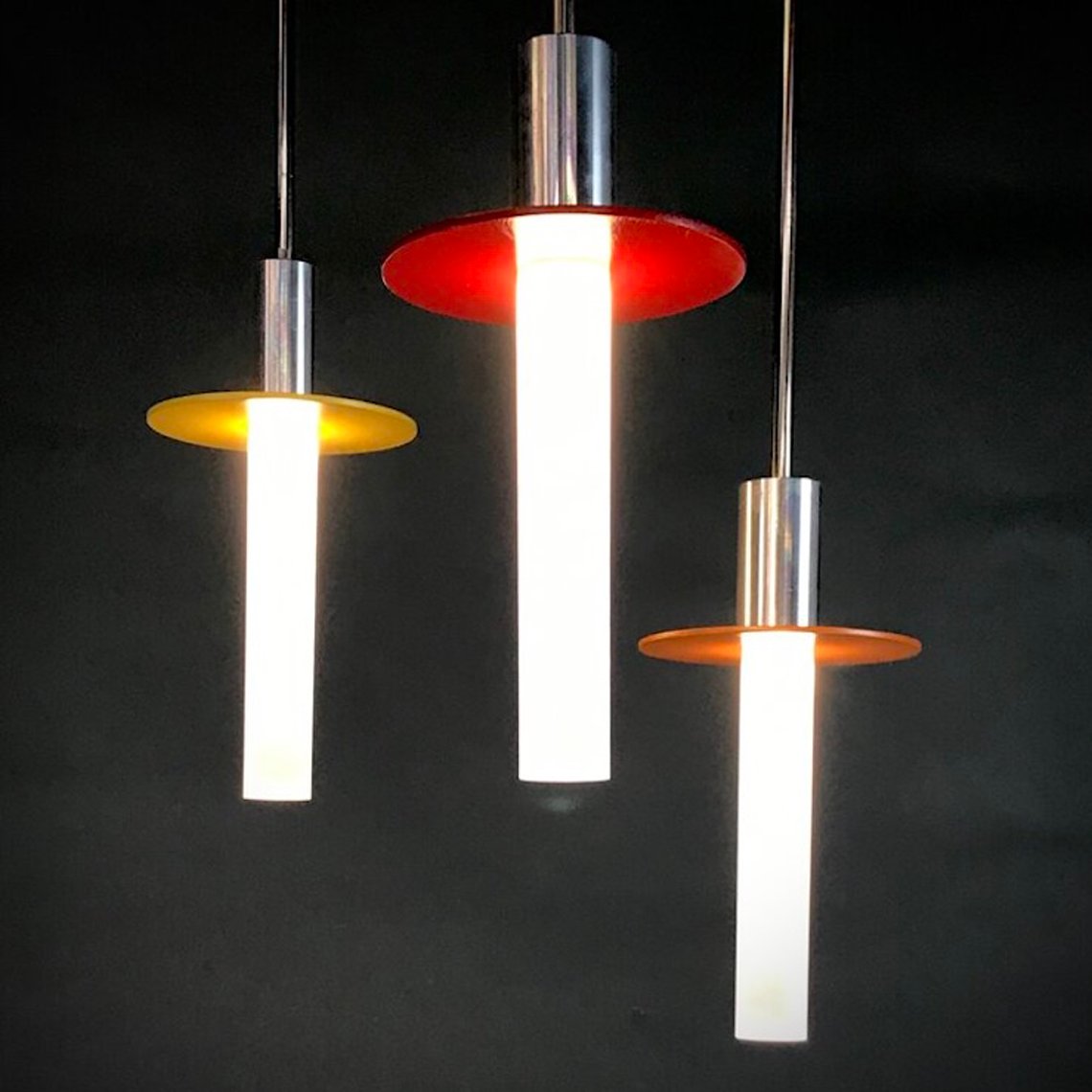 | 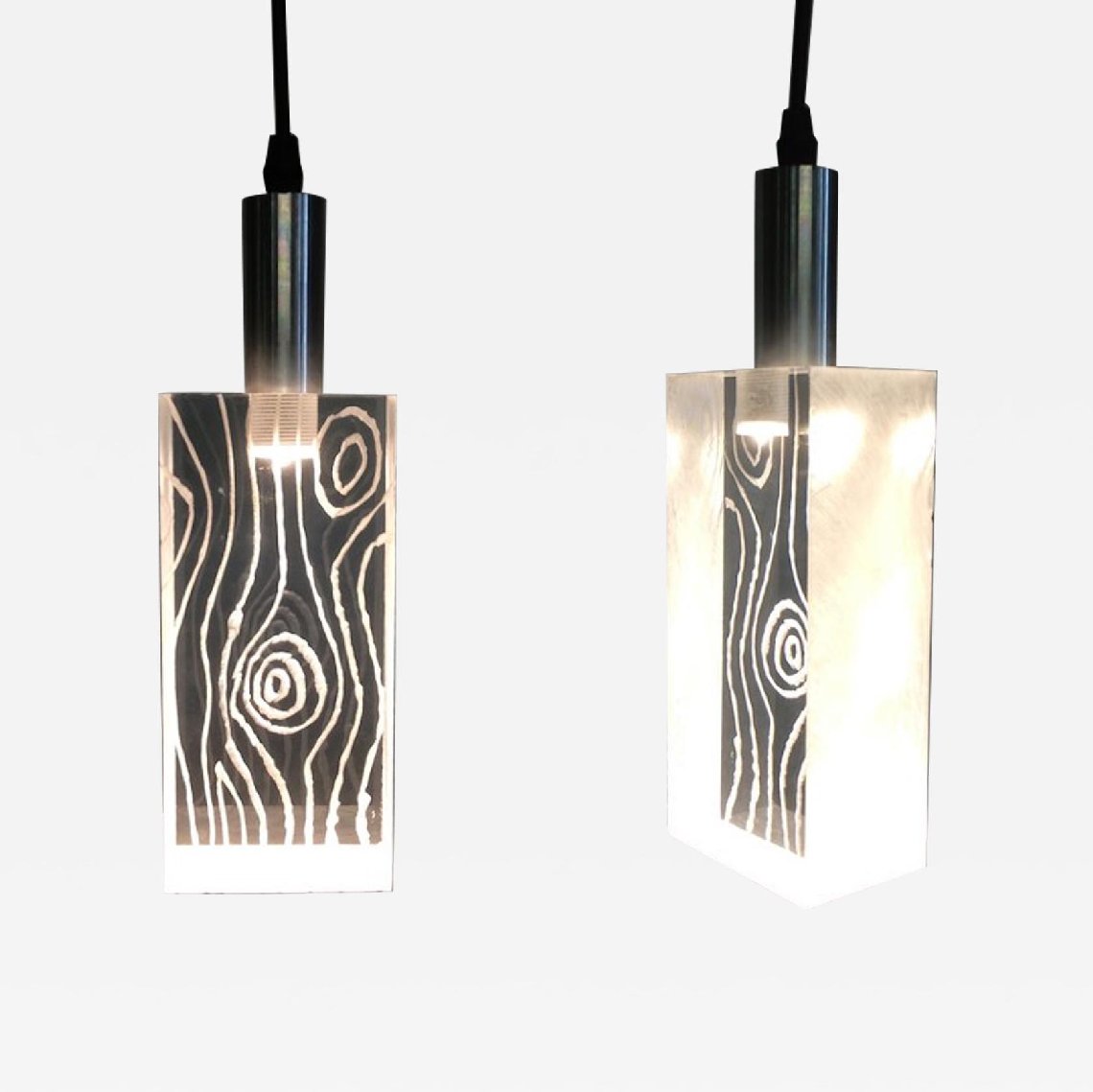 | |
Left: Both modern and retro, the UFO Lights have interchangeable discs that can be ordered in any color. Right: Lumber Lamps series - Block Pendant. Faux Bois has been a passion of Christopher’s for nearly 30 years. Clear acrylic block with hand-carved faux bois woodgrain and sanded sides that glow from the light of the LED embedded at the top of the fixture. The acrylic disperses the light only to the sanded and carved areas. Photos: Christopher Poehlmann | ||
What is your most successful lighting design?
My first big success was quite a surprise, though I guess any success in design is a sort of surprise! In 1995, my second year showing at the ICFF, I felt I needed movement in my booth to attract some attention, so I built a back display wall with a grid that held my Cup + Saucer sconces made from found vintage colorful Melmac dinnerware and lamped with flicker flame bulbs to create the desired movement. I thought of it as a ‘display’ and a fun little design conceit, but nothing more. Boy, did it attract attention! I was soon given concurrent window displays at Bergdorf Goodman and the Museum of American Folk Art in New York, and was published in over 40 magazines. It put CP Lighting on the map.
I feel that the newGROWTH series, now going on 22 years in production, is by far my most successful concept and has had the most impact on the lighting industry. Prior to bringing the first prototype to the ICFF, there were very few contemporary examples of nature inspired organic and irregular forms in the world of lighting. Historic examples for sure, like antler chandeliers and of course Art Nouveau, but my take on the branchelier was subtly groundbreaking for the time. In retrospect, I can now say that I am super proud to be among the designers promoting the irrational who helped influence the market to break away from the rational forms of the Modern movement. And to have a product line that is popular for 2 decades and still going strong is no small feat. Part of that equation is the fact that I make every one of them to order in collaboration with my clients, so we are regularly re-inventing the series and the forms it can take. I can scale the newGROWTH from a 12" tall wall sconce to any size needed as well—the largest so far was 38' x 14' wide.
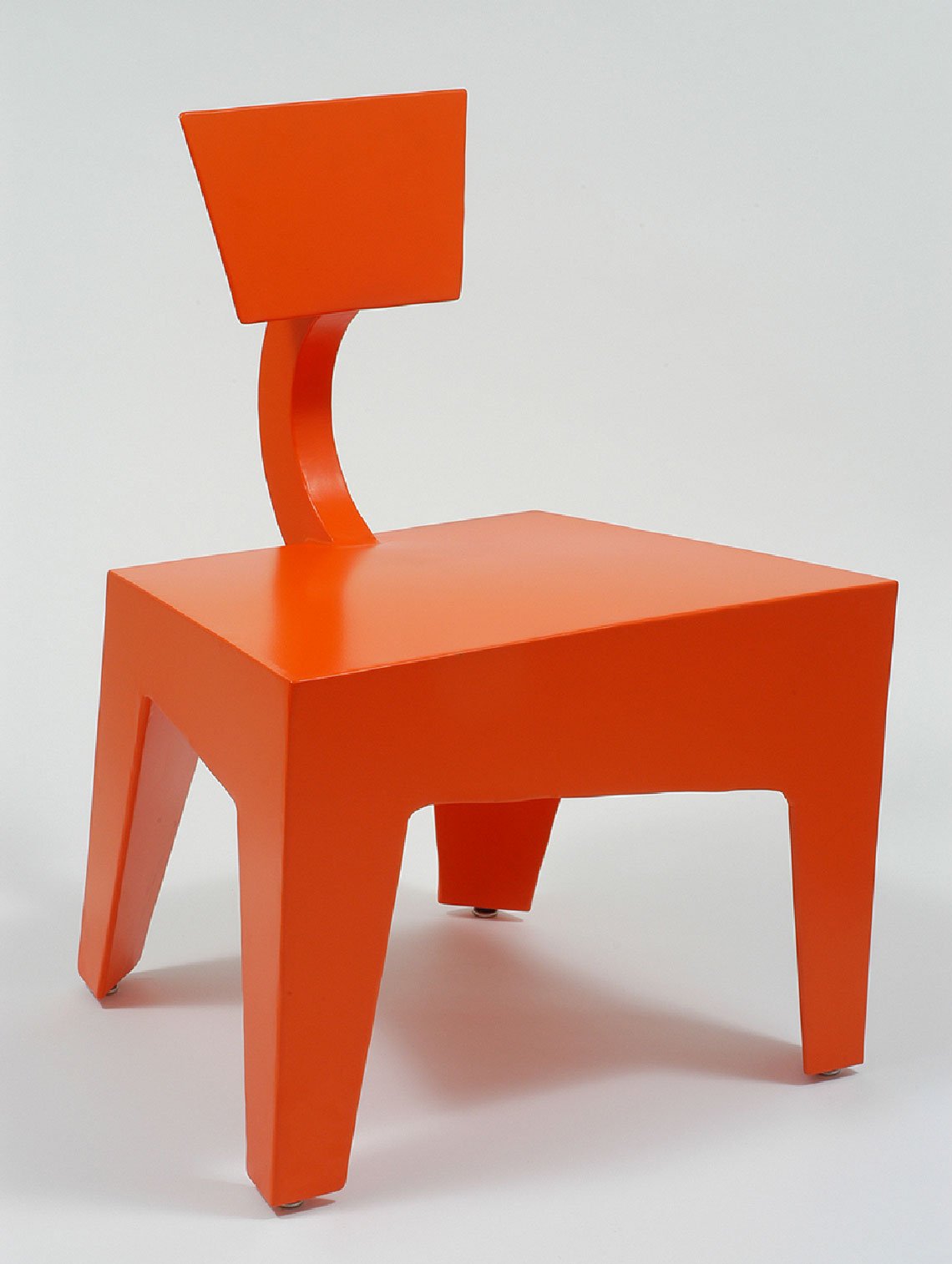 | 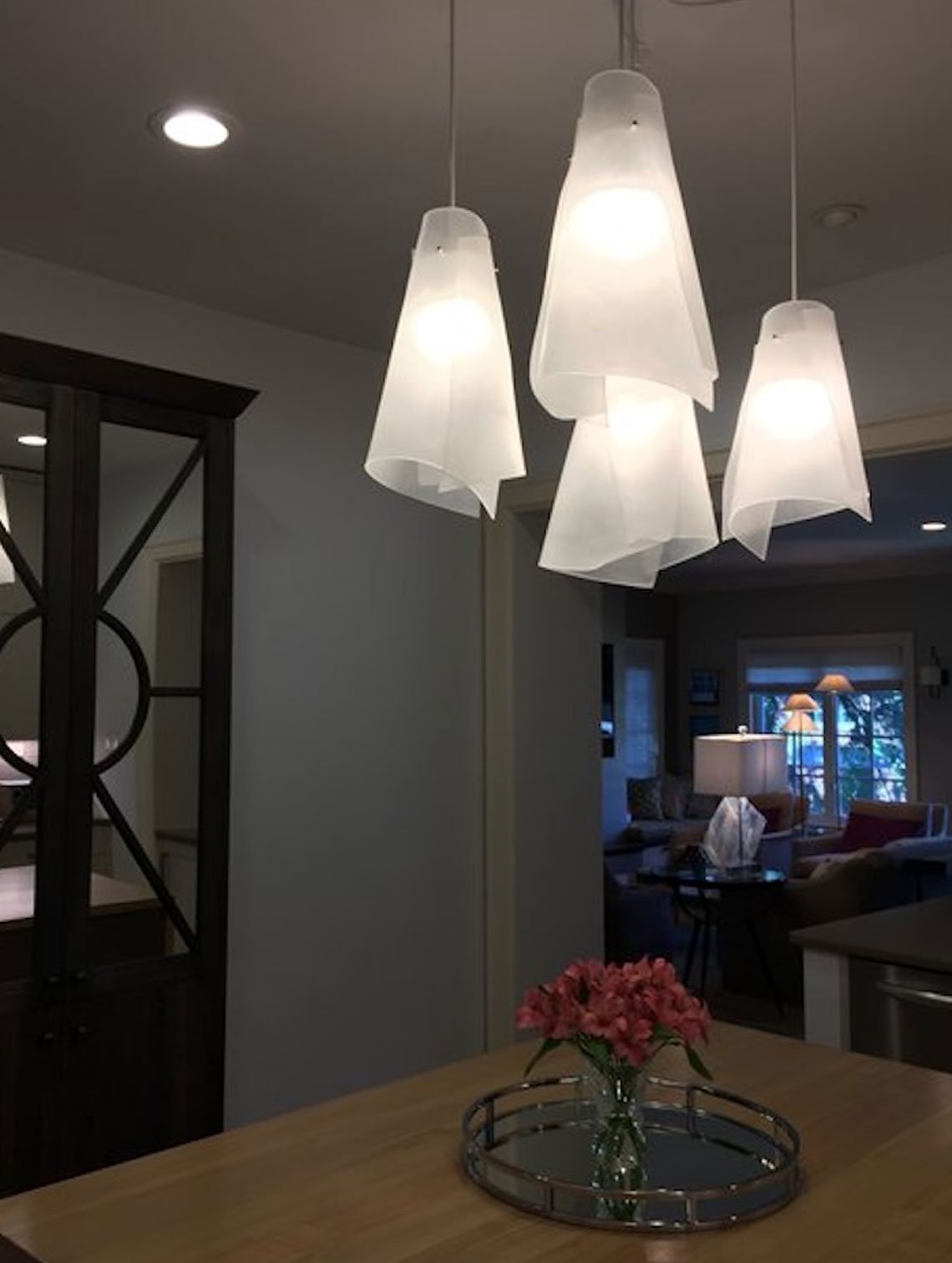 | |
In production since 1994, the Chunky Chair and the wildly popular Tonic Pendants, which are hand-formed from post-consumer recycled acrylic. Hand-colored and chandelier options are also offered. Photos: Christopher Poehlmann | ||
What is your longest-running design that is still in production?
My Tonic Pendants have been in production since 1994, as has my Chunky Chair. 1994 was a turning point in my career, for it was when I shifted away from working with copper as well as exhibiting at craft shows and making accessories like clocks. I also began my 27-year run exhibiting at the ICFF.
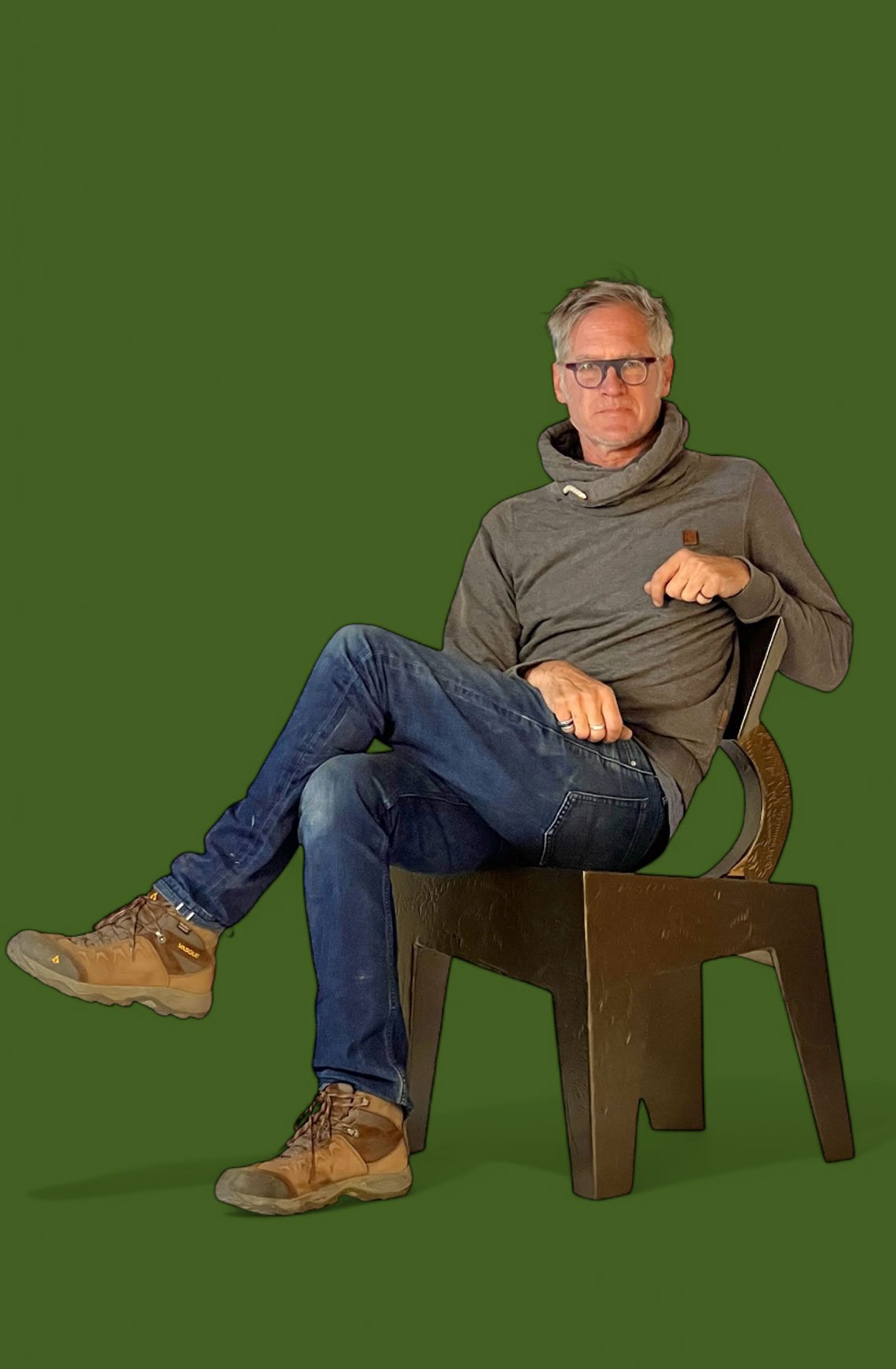 | 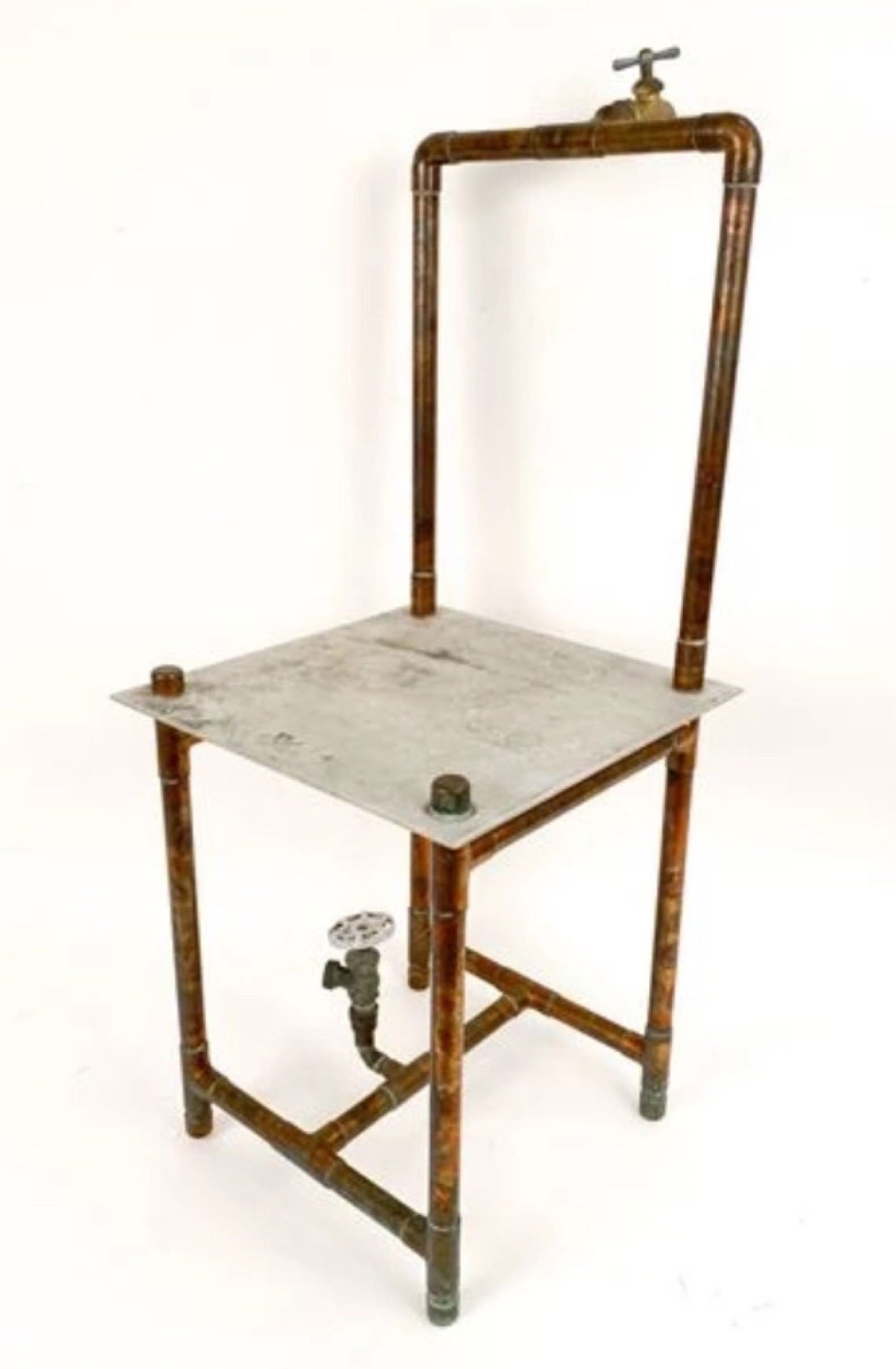 | |
Left: Christopher Poehlmann on a dark copper/bronze Chunky Chair. Right: The Plumbers Chair, an early experiment in design. Photos: Christopher Poehlmann | ||
You love chairs. What is that about?
My first design was a chair; I found it to be inherently logical as opposed to difficult, and I've never stopped designing and making them. Lighting is what makes my living, what consumes my headspace most of the time, but I'm still totally in love with chairs. My wife and I collect chairs, and we even got together initially because she saw my Hillhouse Plumbers Chair at one of my early gallery shows and wanted to meet the artist who had made it. We dated for 4 years and then, one day, as a gift, I gave her the chair.
 |
Photo: Bryan Lathrop |
Do you do all your work yourself?
Yes, I still have my hand in everything coming out of my studio. I have assistants do wiring or labor, like metal finishing with an angle grinder. I'm 61, so maybe someday I will mostly run the pointy finger, but for now, the design and fabrication are all me. Making things suits me, gives me the ability to make ideas real, and it feels like I am doing what I am meant to be doing. That others wish to own and live with my work is the ultimate compliment and affirmation.
 |
Discover More From CP Lighting on Incollect
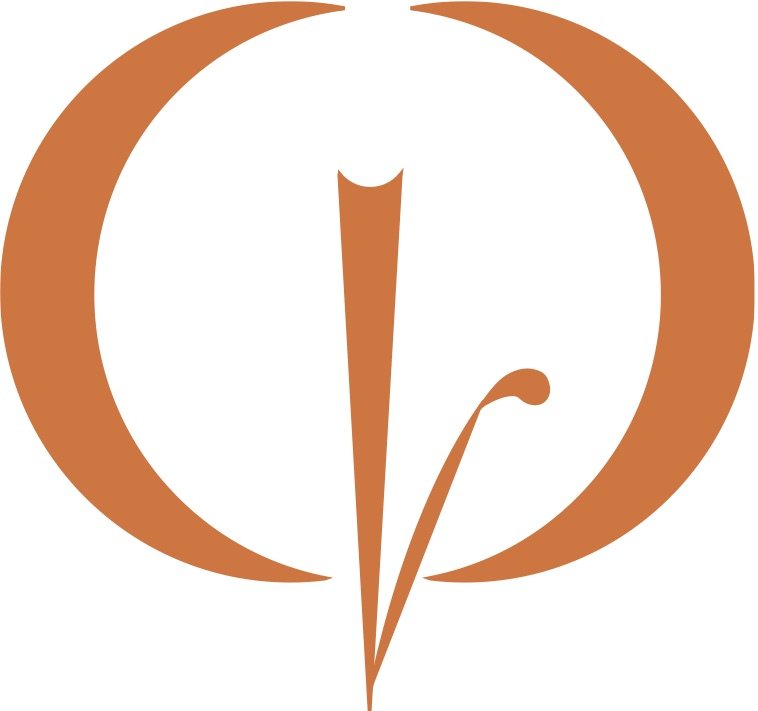 |







